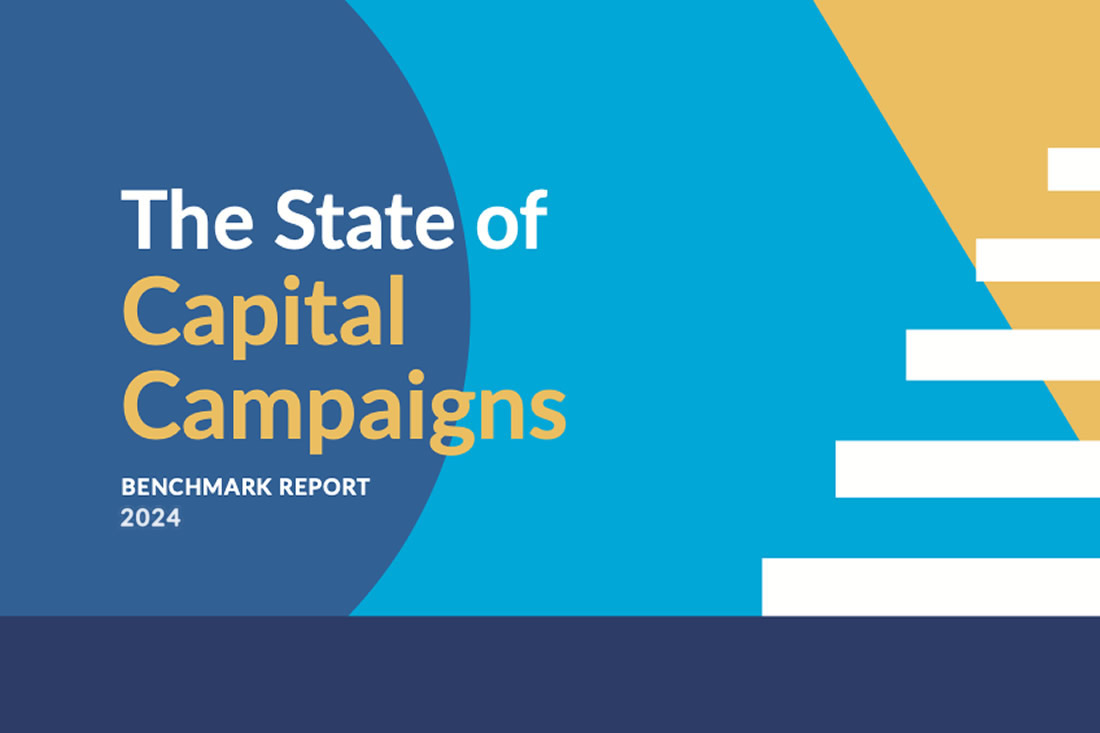Capital Campaign Timing: 4 Lessons to Build Donor Trust

The timing of your campaign must take many things into consideration.
- Is your organization ready?
- Do you have the donors?
- Is it a propitious time in your community?
- Are the economic indicators positive?
These and many more questions are worth considering. But four elements of campaign timing stand out based on our expertise as being quite clear and incontrovertible.
Capital Campaign Timing: 4 Incontrovertible Lessons
Lesson #1: Tie down a site before starting your campaign.
If your campaign is for a new building, you’ve got to have a site for the new building. Don’t start a capital campaign for a new building until you have found and control the site. You’ll find it difficult to get donors to make commitments to a campaign if the plans are not yet firm.
Some years ago, when I was working for an organization that was planning a new building, I learned that important lesson. The organization looked and looked for a site, but real estate in their city was hard to find. We decided that we should begin the campaign while the site search was in progress and asked several donors to make significant gifts that would be put toward the building once a site was identified and the plans developed.
So we asked donors who were close to the organization figuring that they would have the confidence and trust to make early gifts. To my surprise, not one of them made a contribution. They weren’t willing to commit their money on what still felt like vague plans.
The organization did finally secure a site. Then those very same donors were happy to make the gifts that secured the campaign. Lesson learned! Don’t go ahead with your campaign until you have a site and at least preliminary building plans.
Lesson #2: Don’t start a campaign if your leadership is in transition.
For donors to give large gifts to your organization, they’ve got to trust the leadership. If your organization has an interim director or if the current director is about to retire, you should consider delaying your campaign until your organization has sound leadership with whom the board and donors can place their trust.
Again, I learned this lesson the hard way. I was called in to work on a campaign by an interim director who wanted to use his time at the organization to get the long-planned campaign started. I did a round of interviews with the organization’s largest donors only to learn that they had little confidence in the leadership.
Again and again, donors told me that they wouldn’t consider giving to the campaign until they knew that the organization had an effective director who would guide the organization forward. Campaign planning ground to a halt and the organization redirected it’s focus toward not only finding a new director, but also to rebuilding a strong board.
If your organization’s leadership is in turmoil, don’t push forward with your campaign. Your results will be disappointing.
Lesson #3: Keep raising money even after you start building.
You can raise money for your campaign throughout the construction.
While it’s true that once you start construction, your project will be built with or without the gifts of more donors, but that doesn’t seem to discourage donors from continuing to give.
In fact, the construction period is often a wonderful time to approach donors. Hard hat tours of your constructions site are exciting and many donors will want to help you complete the project.
In one campaign I worked on, the lead gift came about through a hard hat tour. A donor was so taken with the project as she walked the site that she decided right then and there that she wanted to name the large courtyard in honor of her late husband. She knew he would have loved it.
Lesson #4: Finish your campaign before you cut the ribbon.
Here’s one more lesson about timing that’s important. Once the construction is finished and you’ve moved into your new facility, contributions will slow to a trickle. So plan the end of your campaign accordingly. Don’t assume that if you have, for example, $500,000 to go toward your campaign goal when you open the building that donors will be happy to help you close that gap. And even more important, don’t assume that you can pay down any outstanding debt with campaign donors.
Some years ago, a private school came to us with a big challenge of that sort. Five years earlier, the head of the school had launched a campaign to raise $8.5 million to fund a number of capital projects. When the projects were complete, he had fallen far short of his fundraising goal and had borrowed $2 million to complete the projects.
The cost of servicing the loan put a burden on the operating budget of the school and before retiring, the head of school decided that he would wipe out the debt by launching a debt-repayment campaign.
As you might imagine, this new campaign was not received enthusiastically by the schools most loyal donors. The projects had been long-finished and contributing to already completed projects had little of the energy and luster that a pro-active campaign to raise money for future projects would have had.
Plan Your Campaign’s Timing to Create Confidence in the Project
I can boil these four lessons down into some simple insights into your donors’ minds:
- First and foremost, donors want to feel clear and confident in the project they are supporting.
- Second, they want to know where a new building will be and have a rough sense of what it will look like.
- In addition, they want to feel confident that the organization is being led in a responsible way.
- A tour around a construction site does wonders to build confidence. The new building is beginning to take shape and your donors can fully believe in the project.
- But once the building is done and in use, donors don’t want to be reminded that the funds raised didn’t cover the costs. All of that confidence and trust begins to erode again.
So do everything you can to make sure that donors develop a high level of confidence in your organization and its ability to carry out the project. And make sure your campaign is done before the ribbon is cut. To do otherwise is foolhardy.



Leave a Comment